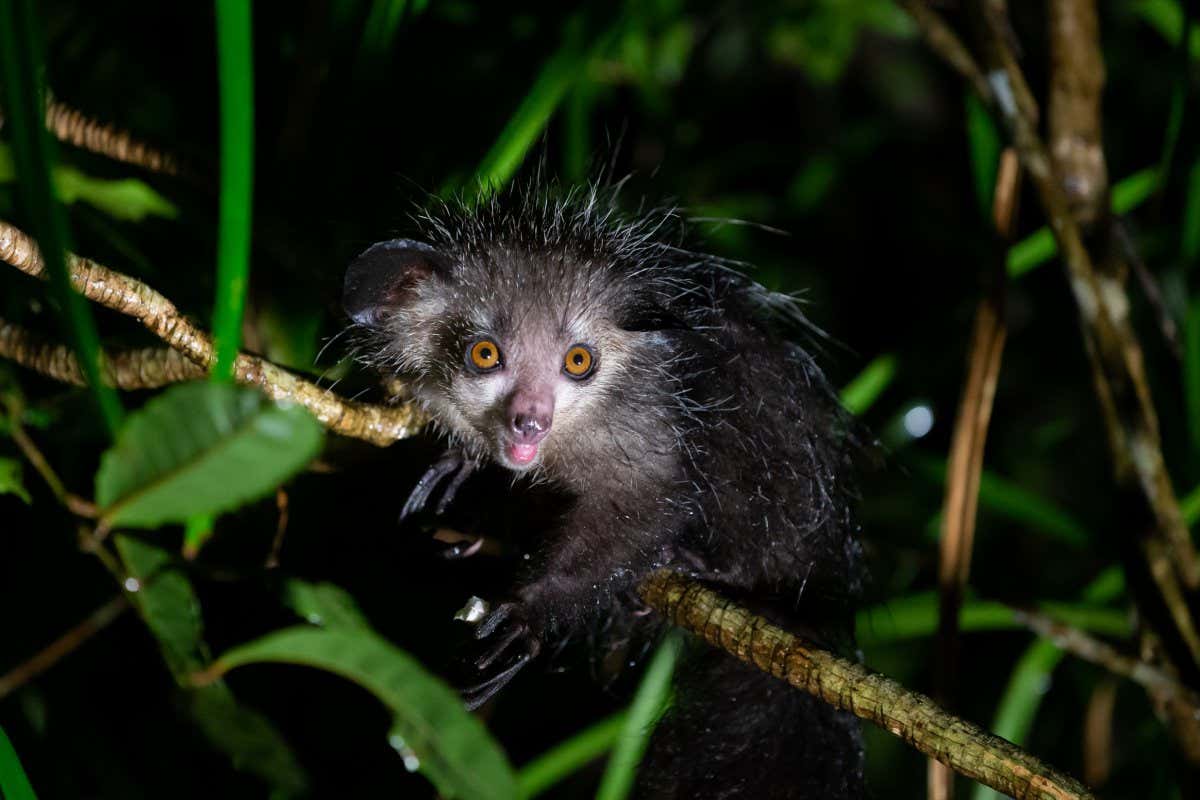Prioritize Saving Aye-Ayes and Possums: Why Now?
The plight of endangered species often grabs headlines, but some creatures remain tragically overlooked. Among them are the charismatic yet vulnerable aye-aye and the diverse family of possums. While seemingly disparate, their shared precarious position highlights the urgent need for increased conservation efforts – and why now is more critical than ever.
The Dire Situation: Aye-Ayes on the Brink
The aye-aye ( Daubentonia madagascariensis), a lemur endemic to Madagascar, is facing an existential threat. Its unique appearance, with large ears, perpetually gnawing incisors, and spindly middle finger, has unfortunately made it a target of superstitious beliefs and habitat destruction.
- Habitat Loss: Deforestation for agriculture and logging is relentlessly shrinking the aye-aye's already limited range.
- Hunting: Local communities, influenced by myths associating the aye-aye with bad luck or misfortune, often hunt and kill them.
- Disease: Outbreaks of disease can decimate fragile populations further.
These factors have driven the aye-aye to the brink of extinction, with its population significantly dwindling over the past few decades. Its unique ecological role as a seed disperser and insect predator makes its survival crucial for maintaining Madagascar's biodiversity.
Possums: A Diverse Family Facing Multiple Threats
Possums, belonging to the order Didelphimorphia, encompass a wide range of species, many of which are facing serious challenges. While not all possums are endangered, many are experiencing population declines due to:
- Habitat Fragmentation: Urban sprawl and agricultural expansion are leading to habitat loss and isolation, making possums vulnerable.
- Vehicle Collisions: Road mortality is a significant threat, particularly for species that are active at night.
- Predation: Introduced predators, such as cats and foxes, pose a serious threat to possum populations in many areas.
- Climate Change: Shifting weather patterns and increased frequency of extreme weather events are impacting their survival.
Why Now is the Time for Action:
The urgency for increased conservation efforts for both aye-ayes and possums stems from several factors:
- Accelerating Habitat Loss: The rate of deforestation and habitat destruction is increasing, leaving less time to implement effective conservation strategies.
- Emerging Diseases: The risk of disease outbreaks is amplified by climate change and habitat fragmentation, potentially devastating already vulnerable populations.
- Limited Resources: Conservation funding is often limited, necessitating prioritizing species facing the most immediate threats.
- Growing Awareness: Increased awareness of the plight of these animals can mobilize public support for conservation initiatives and funding.
What Can We Do?
Saving these unique and vital creatures requires a multi-pronged approach:
- Supporting Conservation Organizations: Donate to organizations working to protect aye-ayes and possums in their natural habitats. [Link to relevant conservation organizations]
- Educating Communities: Promote awareness about the importance of these animals and dispel harmful myths surrounding them.
- Protecting Habitats: Advocate for policies that protect and restore crucial habitats.
- Reducing Human-Wildlife Conflict: Implement measures to minimize roadkill and predation.
- Supporting Sustainable Practices: Choose sustainable products and support businesses that prioritize environmental protection.
The future of the aye-aye and many possum species hangs in the balance. But by acting now, through concerted conservation efforts and increased public awareness, we can still prevent their extinction and ensure their survival for future generations. Let's prioritize their conservation and safeguard these irreplaceable parts of our planet's biodiversity.

